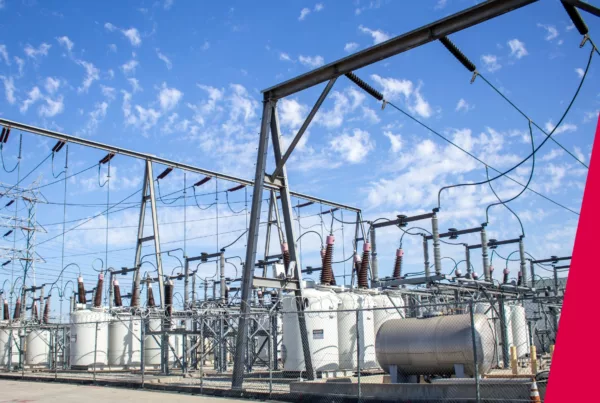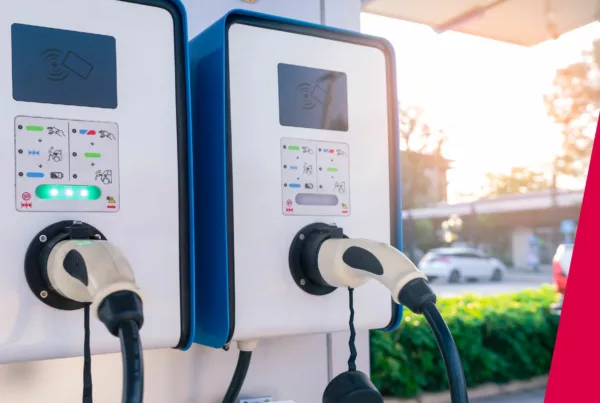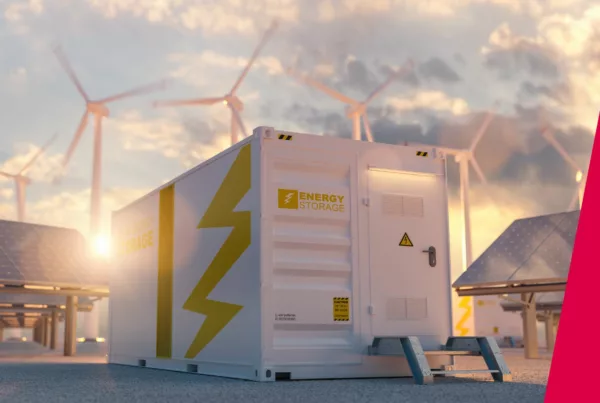Continuing the series on the transformative role of IoT in demand-side flexibility, I’d like to focus on two inspiring real-world case studies. These examples underscore how both large and small assets can be integrated into demand flexibility programmes and virtual power plants (VPPs) using EpiSensor’s IoT technology.
From the technological sophistication of a global giant like Microsoft to the innovative application in Gogoro’s vast network in Taiwan, these stories demonstrate the versatility and impact of IoT in enhancing energy efficiency and sustainability.
Microsoft Data Centre: Leveraging Onsite Batteries for Grid Support
In a groundbreaking initiative, Microsoft, in collaboration with Enel X, has transformed its data centre’s batteries into a dynamic grid support system. Traditionally used for Uninterrupted Power Support (UPS), these batteries, with the integration of EpiSensor’s IoT technology, now actively respond to grid frequency fluctuations. Ehsan Nasr, a senior design researcher at Microsoft, describes the project as a transformative approach to using existing UPS infrastructure to benefit the grid. This initiative not only enhances grid stability but also significantly reduces reliance on fossil-fuel-based power plants, aligning with Microsoft’s Net Zero goals. The case study illustrates how large-scale assets can be innovatively integrated into demand flexibility programmes, utilising IoT for environmental and operational efficiency. Read the full case study here.
Gogoro and Enel X’s Virtual Power Plant in Taiwan
Gogoro, in partnership with Enel X and EpiSensor, demonstrates a unique application of IoT in managing energy demand. Utilizing its extensive network of 2,500 EV scooter battery swapping stations across Taiwan, Gogoro plays a crucial role in supporting the power grid during high-demand periods. By halting battery charging and exporting electricity back to the grid, Gogoro’s approach offsets the need for activating gas turbine power plants during sudden grid changes. Enabled by EpiSensor’s advanced IoT sensors, which detect frequency changes in fractions of a second, this initiative marks a significant step towards cleaner energy. Gogoro’s involvement in Enel X’s VPP highlights how smaller, distributed assets can collectively make a substantial impact on energy management. Read more about the programme here.
Conclusion
These case studies exemplify the versatility and effectiveness of IoT in enhancing demand flexibility. From large data centres to networks of EV battery stations, EpiSensor’s technology facilitates the seamless integration of diverse assets into VPPs and demand flexibility programmes. Whether you’re managing large-scale industrial assets or smaller, distributed systems, our IoT solutions are designed to optimize energy utilisation and support your sustainability goals.
Have you got any other examples of IoT use in Demand Flexibility? Are you considering any interesting projects at the moment?
We’d be happy to discuss. Book a call with one of our Demand Flexibility experts today!



